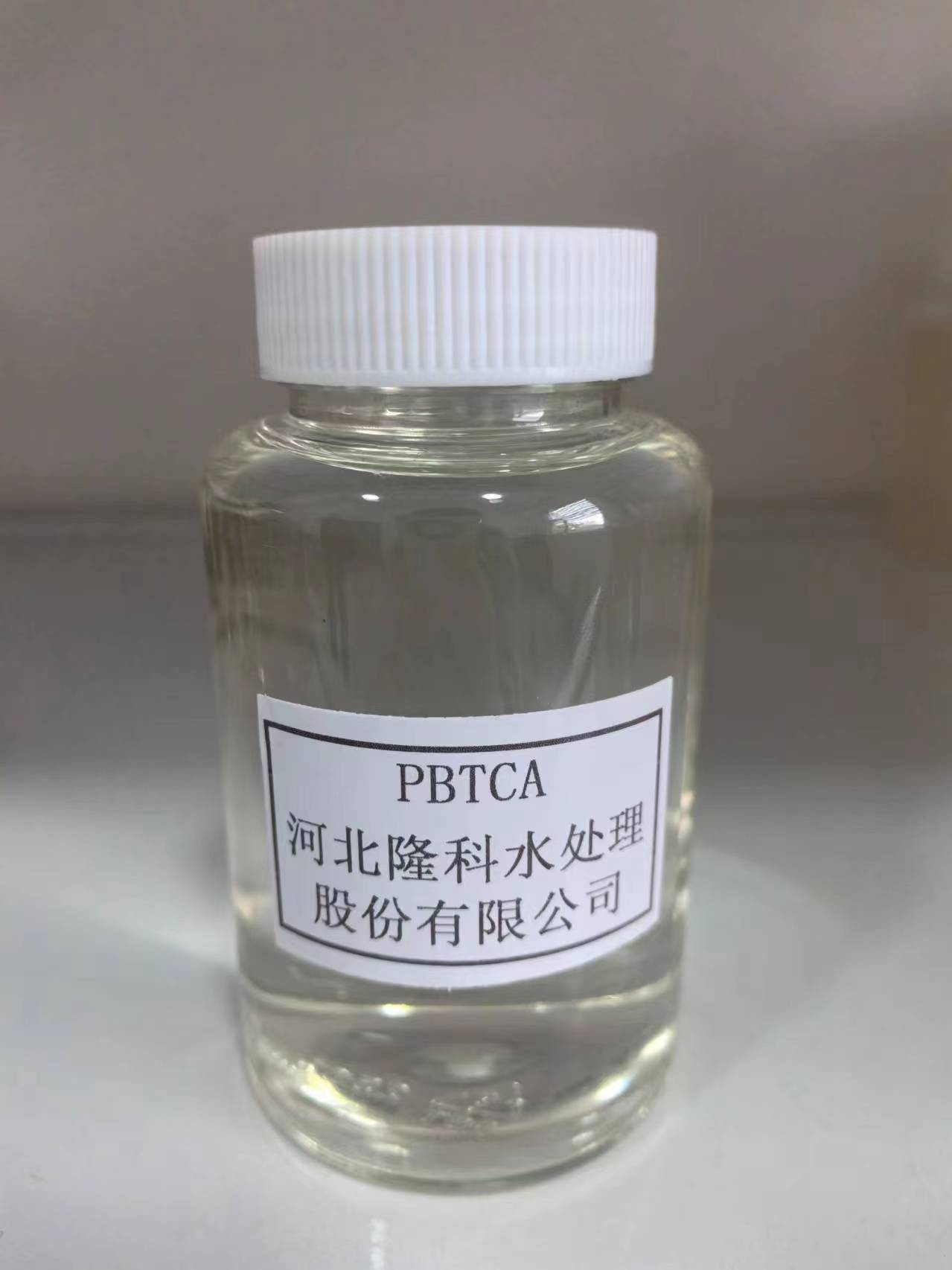industrial flocculant
Industrial Flocculants A Key Component for Water Treatment and Beyond
In today’s industrial landscape, the treatment of wastewater and the management of water resources have become paramount, driven by increasing environmental regulations and the need for sustainable practices. One of the pivotal substances in this realm is the industrial flocculant. These chemical agents play a critical role in various processes, particularly in the clarification of water and the separation of solids from liquids. This article explores the types, mechanisms, applications, and benefits of industrial flocculants in various sectors.
Understanding Flocculation
Flocculation refers to the process by which fine particulates are agglomerated into a floc, or a clump, which can then be removed from liquids. This process is essential in many industrial applications, especially in wastewater treatment, where it helps to remove suspended solids, colloids, and organic matter from water before it is discharged or reused.
Industrial flocculants can be broadly categorized into two types organic and inorganic. Organic flocculants are typically made from natural polymers such as starch, cellulose, or synthetic polyacrylamides. In contrast, inorganic flocculants often include metal salts, such as aluminum sulfate and ferric chloride.
Mechanism of Action
The effectiveness of flocculants lies in their ability to neutralize the charges on suspended particles, promoting the formation of larger aggregates that can settle more rapidly. When added to a suspension, flocculants increase the likelihood of collisions between suspended particles, leading to the formation of flocs. The flocculation process is influenced by several factors including pH, temperature, and the concentration of the flocculant itself.
Applications in Various Industries
1. Water Treatment The most common application of flocculants is in municipal and industrial water treatment facilities. They help in the clarification of drinking water and in the treatment of sewage, ensuring that contaminants are effectively removed and that the water meets safety standards.
industrial flocculant

2. Mining and Mineral Processing In the mining industry, flocculants are used to separate valuable minerals from waste material, enhancing the recovery rates and improving the sustainability of mining operations. This is crucial for reducing the environmental impact of mining activities.
4. Oil and Gas Flocculants are employed in oil recovery processes, where they help to separate water and solids from crude oil, thus optimizing extraction and refining operations.
5. Food and Beverage The food industry utilizes flocculants for clarification processes, such as in the production of fruit juices and alcoholic beverages, ensuring a clear and high-quality product.
Environmental Benefits
The use of industrial flocculants not only aids in the efficiency of various processes but also contributes to environmental sustainability. By facilitating the removal of harmful contaminants from wastewater, flocculants help in minimizing pollution and protect aquatic ecosystems. Additionally, the ability of flocculants to improve the recovery rates in mining and other industries means that fewer resources are wasted, leading to more sustainable practices.
Conclusion
Industrial flocculants are indispensable tools in the quest for effective water treatment and resource management across various sectors. Their ability to enhance the efficiency of sedimentation processes and improve the quality of effluents cannot be overstated. As industries continue to evolve and face stricter environmental regulations, the demand for effective flocculants will likely grow. Embracing these chemical agents not only supports operational efficiency but also aligns with global sustainability goals, making them essential for future advancements in industrial practices.
-
Water Treatment with Flocculant Water TreatmentNewsJun.12,2025
-
Polymaleic AnhydrideNewsJun.12,2025
-
Polyaspartic AcidNewsJun.12,2025
-
Enhance Industrial Processes with IsothiazolinonesNewsJun.12,2025
-
Enhance Industrial Processes with PBTCA SolutionsNewsJun.12,2025
-
Dodecyldimethylbenzylammonium Chloride SolutionsNewsJun.12,2025





